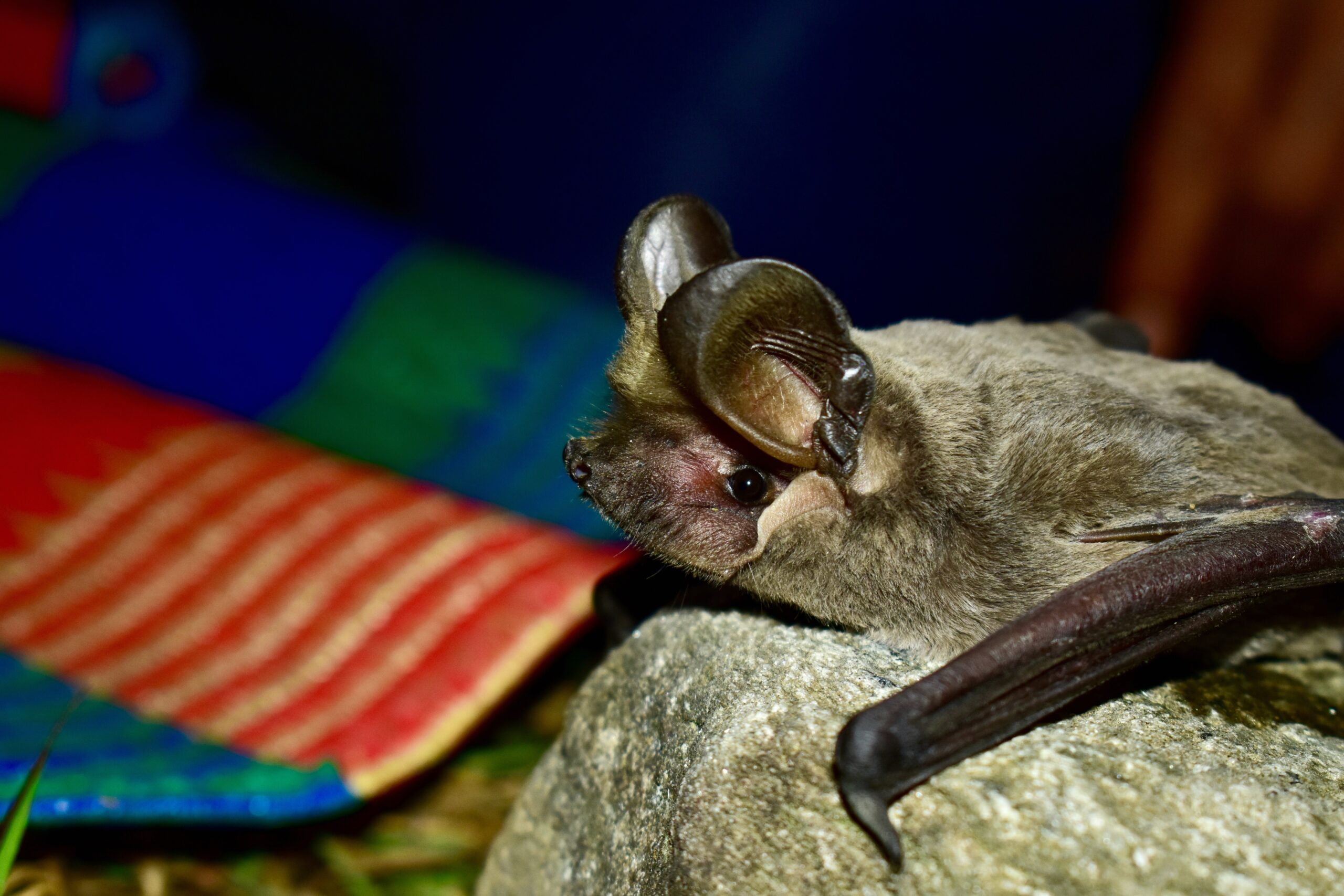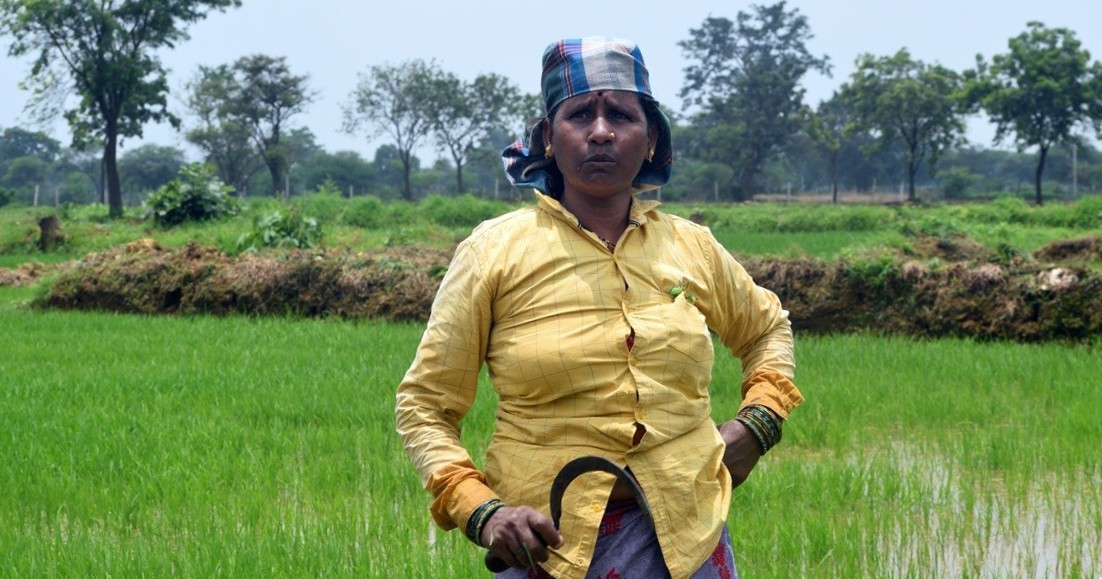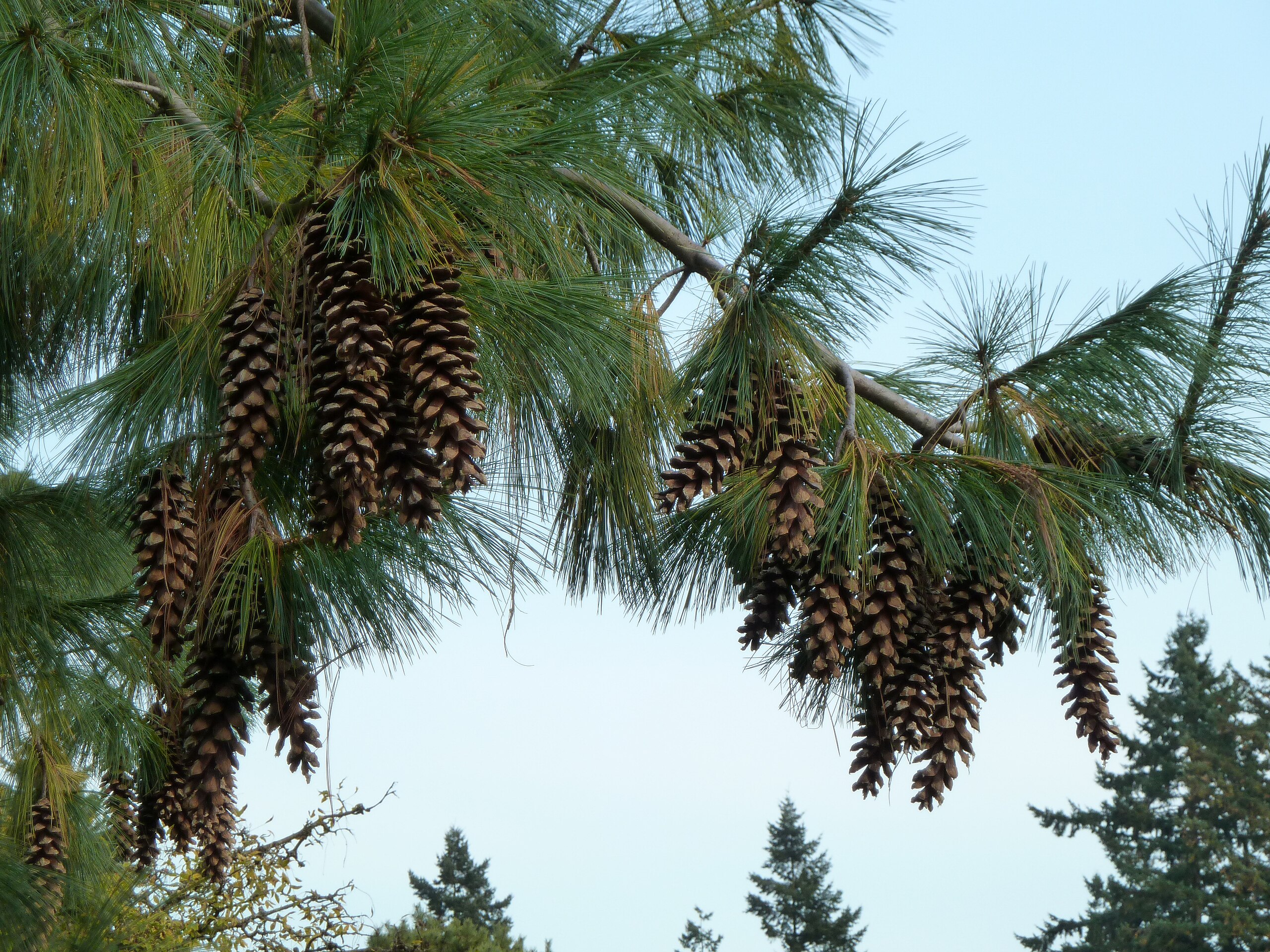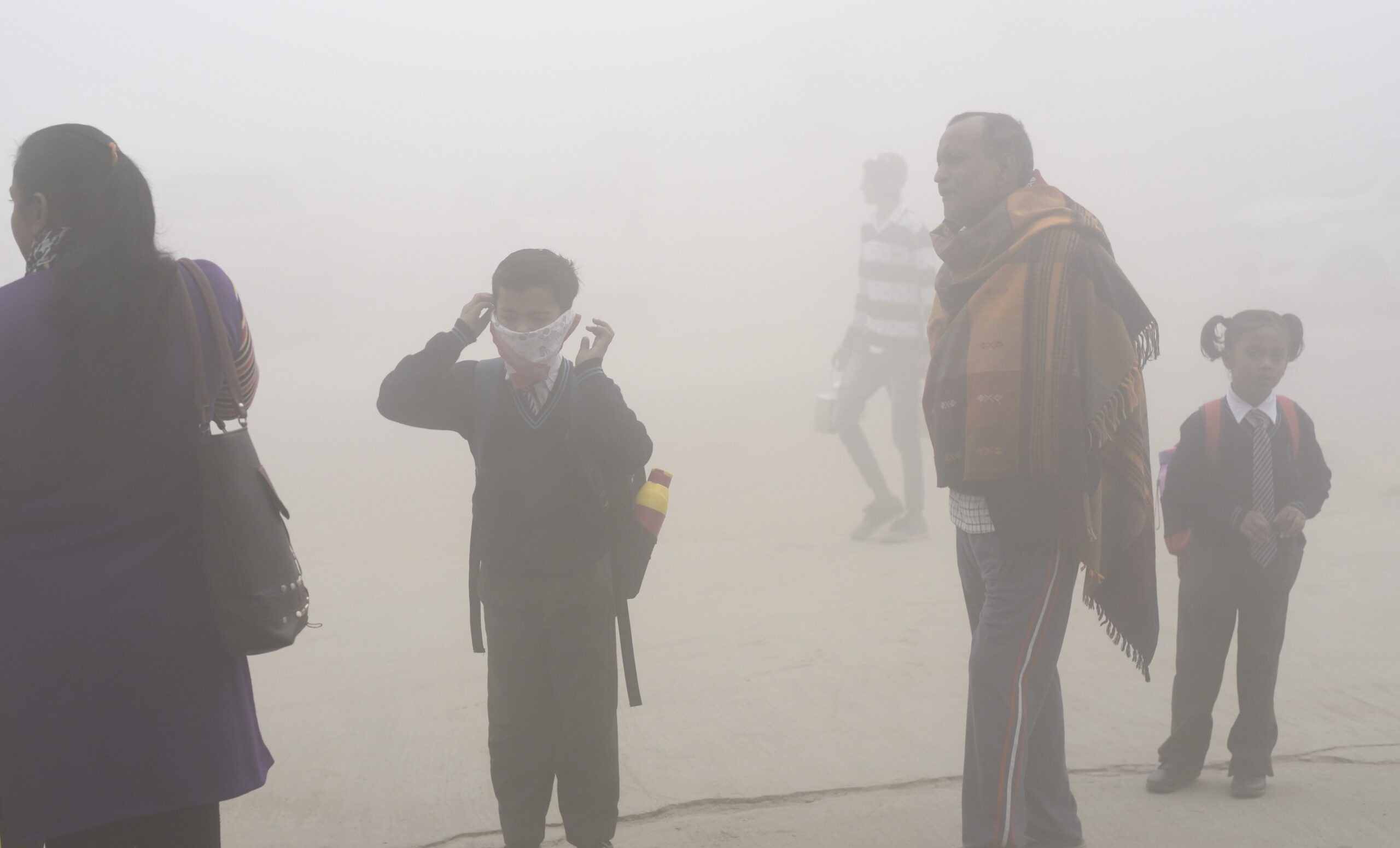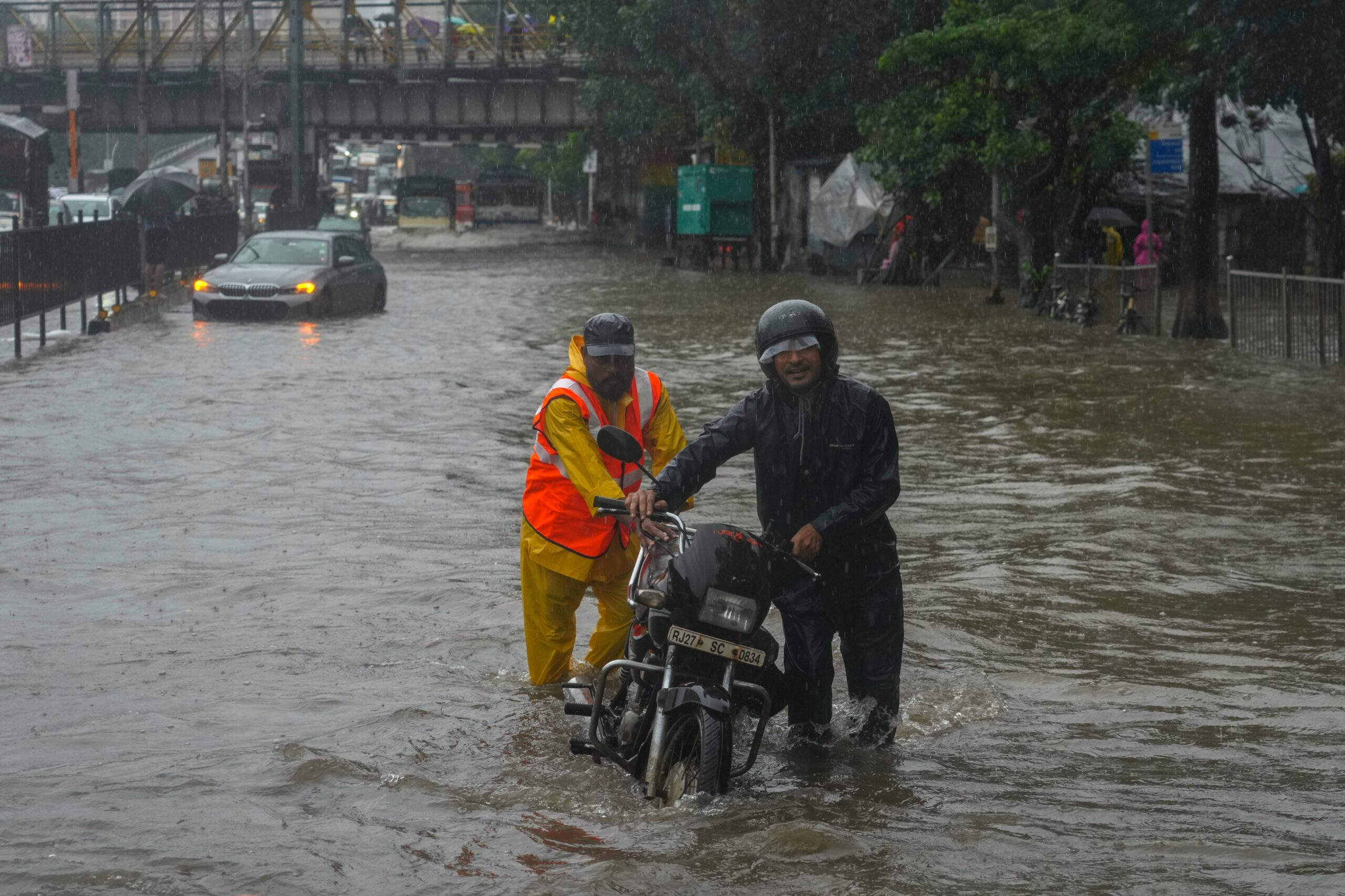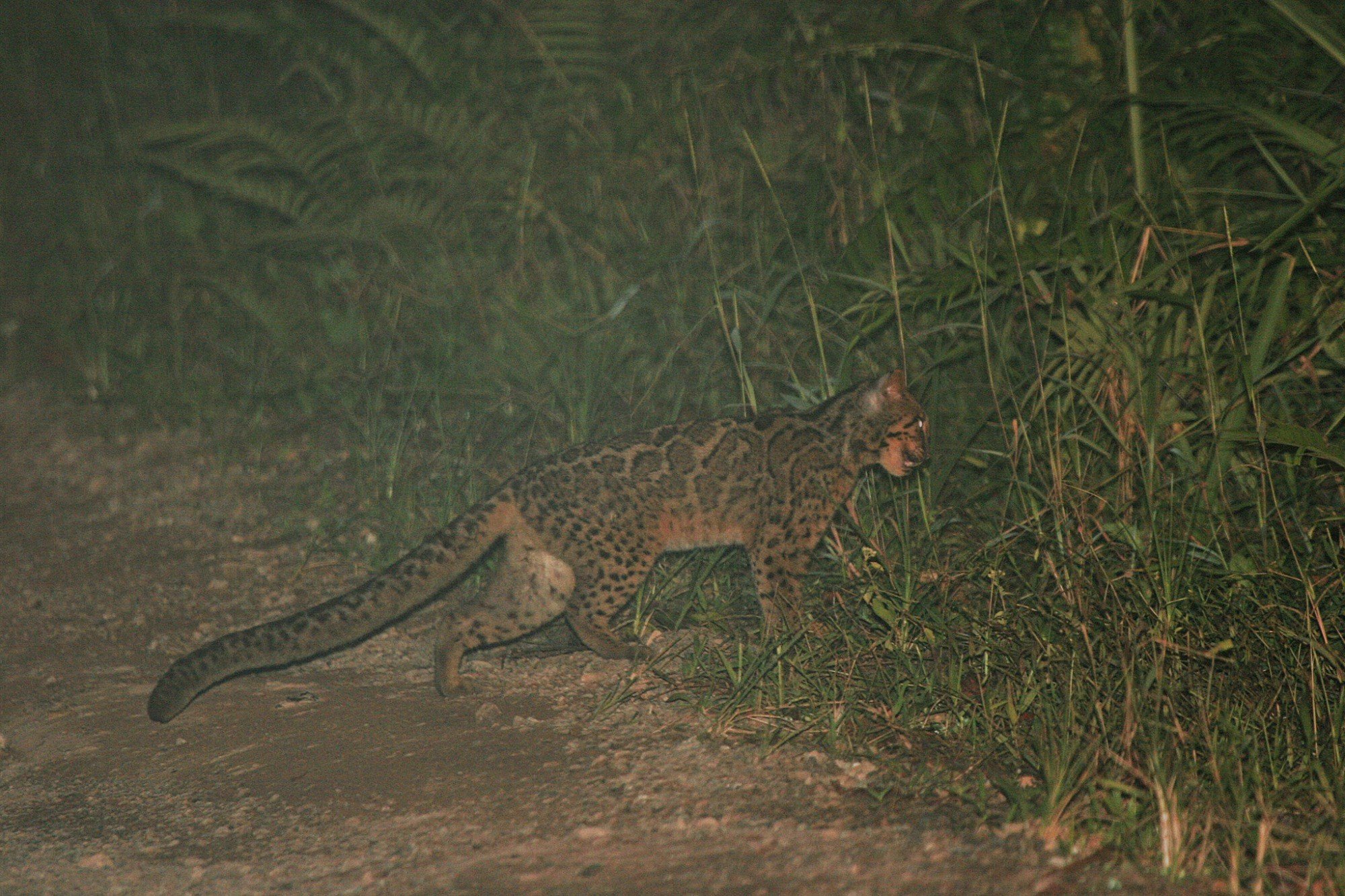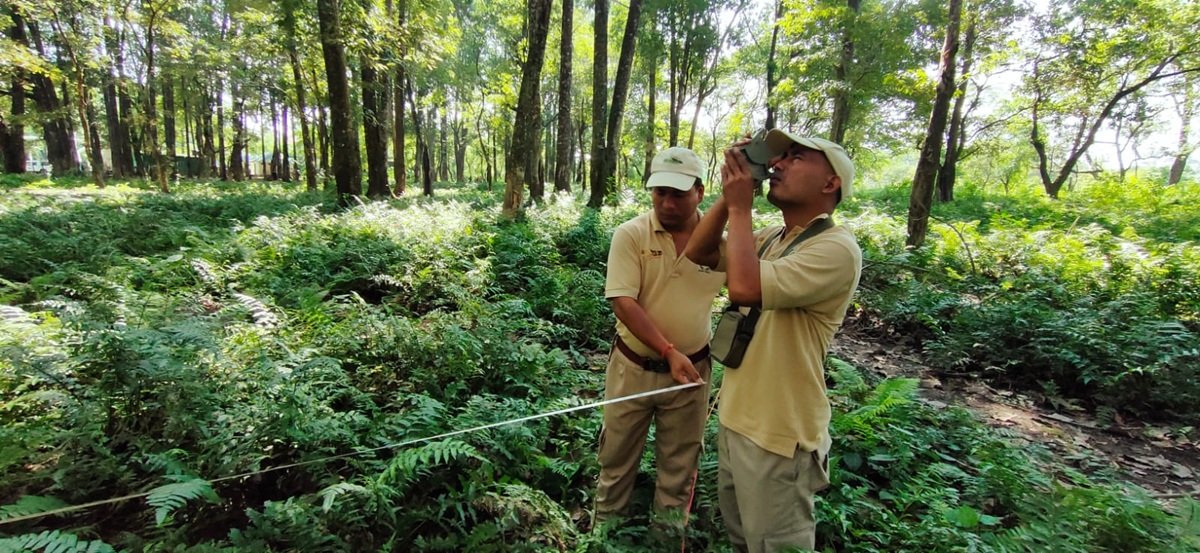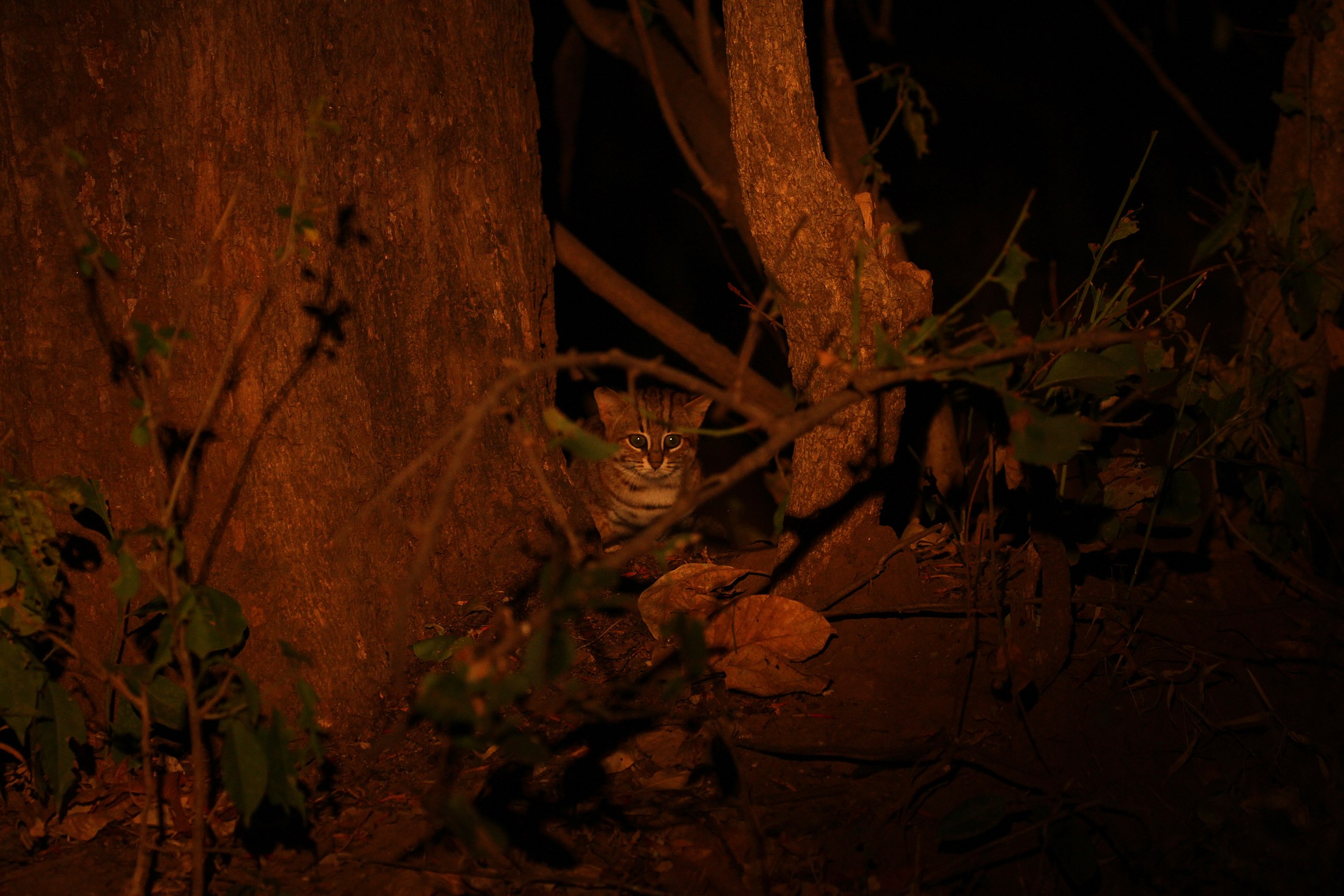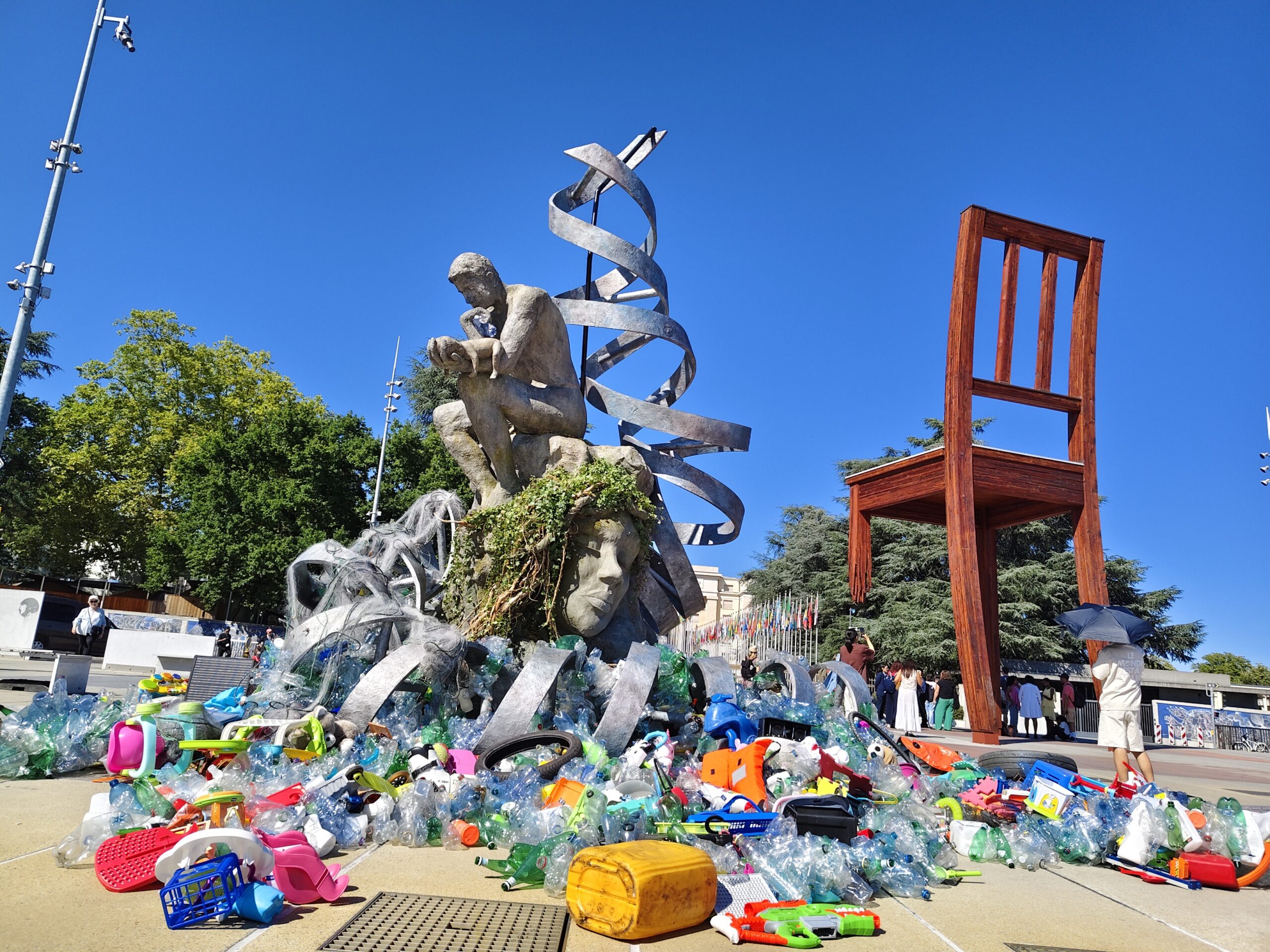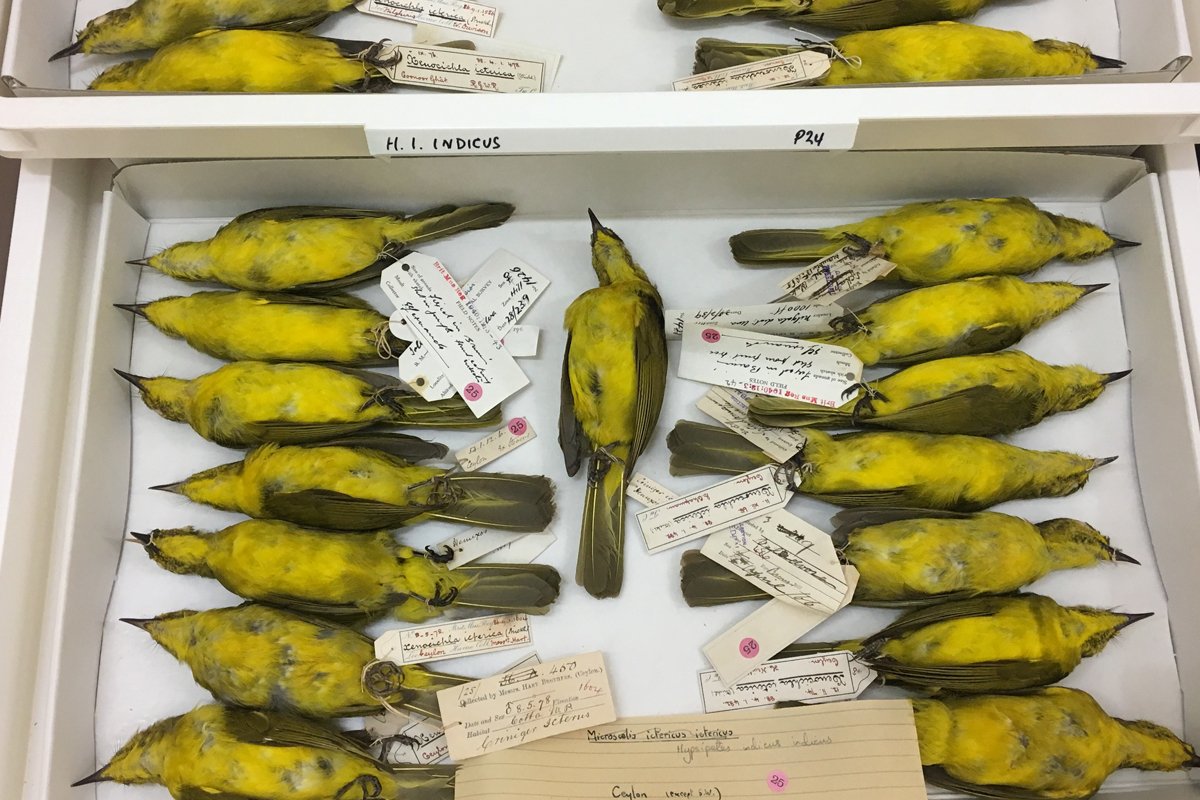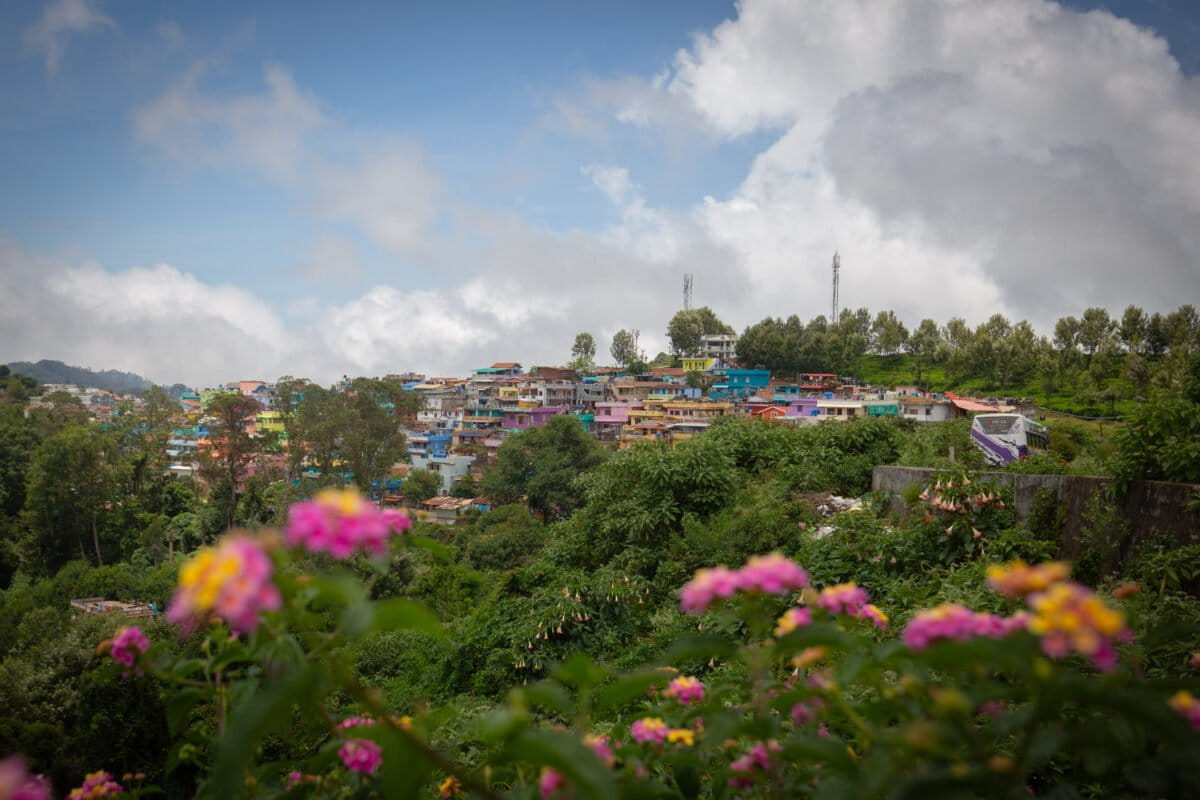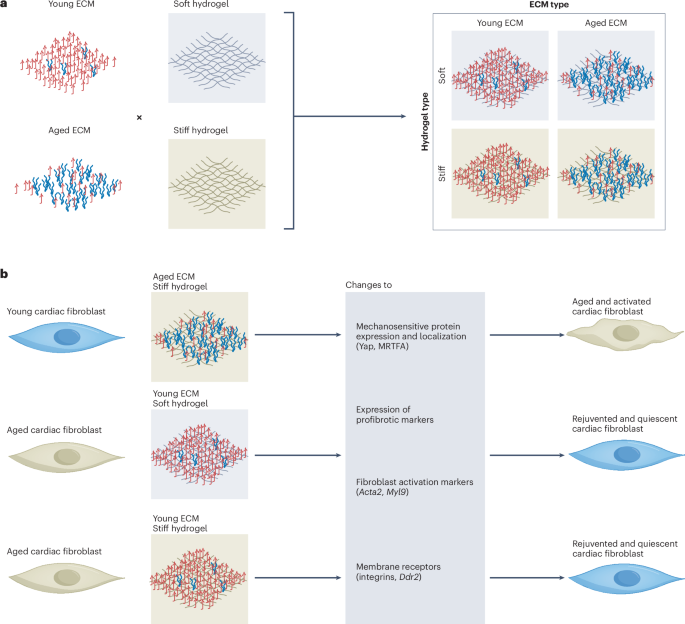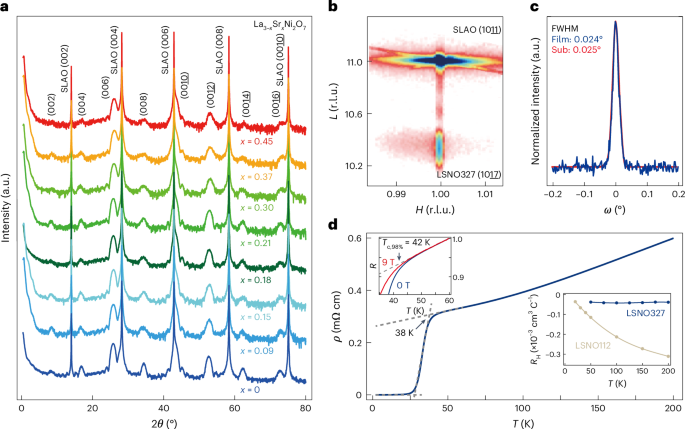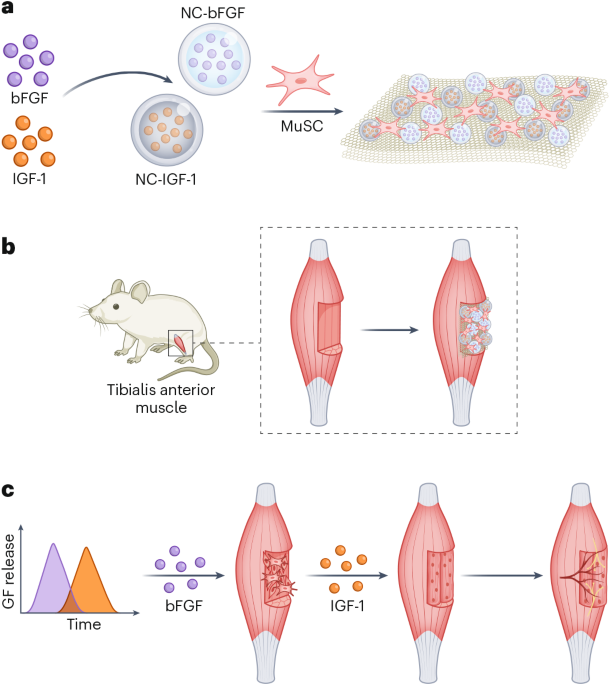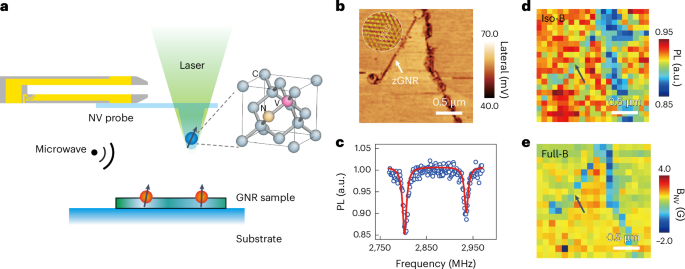
- A large-scale housing and infrastructure project in Mumbai’s Dharavi area may lead to the relocation of hundreds of residents lacking documentation, putting their homes and livelihoods at risk.
- Many of the excluded residents may be relocated to an environmentally hazardous site near Deonar landfill, which is linked to severe pollution and poor health outcomes, raising serious public health concerns.
- Past rehabilitation efforts near the landfill have led to long-term health issues, and the upcoming Waste-to-Energy plant has heightened concerns about further environmental harm among local communities.
Mohan Lal Jain, a 71-year-old material scrap dealer, has been living in Dharavi, a Mumbai neighbourhood, for nearly five decades. Years ago, his shop was demolished to make way for a water pipeline. As compensation, he was offered a shop in Kandivali, almost 23 kilometres away. But hasn’t been making any profits. And now he fears the situation with his earlier shop will repeat as officials have marked his Kandivali shop with a unique number under the Dharavi Redevelopment Project (DRP). “There is a lot of uncertainty and a lack of clarity regarding the rehabilitation,” Jain says. “I still don’t know if I will have my livelihood or not. My house hasn’t been surveyed yet. I live in a flat, but I am unsure if my wife and I will even have a roof above us.”
In 2024, the Maharashtra government unveiled an ambitious plan to transform Dharavi’s 620 acres into a modern urban hub. The project is being executed by Navabharat Mega Developers Private Limited (NMDPL), a joint venture between the government’s Slum Rehabilitation Authority (SRA) and the Adani Group’s Dharavi Redevelopment Project Private Limited (DRPPL).

While the plan promises formal housing for eligible residents and commercial opportunities for developers, it leaves out around 50,000 to 100,000 residents, labelled “ineligible” for lacking proper documentation. Many of these people are slated for relocation other areas, including a 124-acre plot within Mumbai’s Deonar dumping ground. Other proposed sites for ineligible residents include Mother Dairy land in Kurla, salt pan land in Mulund, near Aksa Beach in Malad, Arthur Salt Work land in Kanjurmarg, and Jenkins Salt Work land off the Eastern Express Highway.
When asked if Jain would be willing to shift from Dharavi to the Deonar relocation site, he refused and said, “Mumbai’s waste goes to the Deonar dumping ground. If Dharavi’s people are shifted there, we will die of health issues. Does the government work to kill people? My friends who live in Govandi (where Deonar dumping ground is located) are often seen visiting hospitals quite frequently.”
Life at the landfill
Jain’s fear is not unfounded. Deonar, located in Mumbai’s eastern suburbs, houses Asia’s largest dumping ground. A 13-storey mountain of waste, this has been operational since 1927 and holds nearly 18.5 million tonnes of legacy waste.
Each day, around 600 tonnes of new waste is dumped here. A Central Pollution Control Board (CPCB) report submitted to the National Green Tribunal (NGT) in 2024 states that the landfill emits more than 6,202 kg of methane per hour, ranking it among the top 22 methane emission hotspots in India. These emissions, along with periodic fires and leachate seepage, pose major health risks for nearby residents.

Although high concrete walls surround the landfill, a significant portion of the Deonar area is inhabited by settlements.
Adjacent to the landfill is Baiganwadi, a locality where 56-year-old Mukeem Shaikh has lived for 12 years. Dependent on her son, she cannot afford to move elsewhere. “We’re used to the toxic fumes in the air. Before the concrete walls were built, I had frequent skin allergies. Throat problems were common because of the fires. Even now, we deal with dirty water, foul smells during the rains, and smoke from the biomedical plant,” she says. The biomedical waste treatment plant is located near the dumping ground and less than a kilometre away from Baiganwadi.
Mumbai’s M-East municipal ward, where Deonar is located, has the lowest life expectancy among all the wards in Mumbai – less than 40 years, nearly half the national average. Residents frequently report respiratory ailments, cancer, and waterborne diseases, many linked to polluted groundwater and poor air quality. Some residents near the SMS biomedical treatment plant, about a kilometre away, are reluctant to speak on record but share deep concerns about the toxic fumes. The plant is now scheduled to be relocated to Jambhivali in Raigad district, around 70 km away from the present location.
A study commissioned by the Brihanmumbai Municipal Corporation (BMC) found severe contamination at the landfill. The report, released in May 2025, showed that leachate samples from the site exceeded Central Pollution Control Board (CPCB) limits by significant margins. The Biochemical Oxygen Demand (BOD) level was 390 mg/l (permissible: 100 mg/l for land, 30 mg/l for water); Chemical Oxygen Demand (COD) was 1,002 mg/l (limit: 250 mg/l); and Total Dissolved Solids (TDS) was 6,550 mg/l (limit: 2,100 mg/l).
The study was made public shortly after the BMC announced a ₹23.68 billion bioremediation plan to clean up the site over the next three years.

What an earlier relocation tells us
A few kilometres from the Deonar dumping ground lies Natwar Parekh Compound in Govandi, offering a glimpse into the struggles faced by those previously rehabilitated near a landfill.
In 2008, Parveen Shaikh, a 46-year-old community social worker, was resettled here along with many others after road expansion forced her eviction from the footpaths of Sewri.
“It was the 14th of May, 2008 — I remember it clearly,” she recalls. “We dreamed of having a home, an address, a toilet. We believed life would improve.” Her family was among thousands relocated under the Mahatma Gandhi Path Kranti Yojana, a slum rehabilitation scheme implemented by the BMC.
Natwar Parekh Compound, now home to residents from areas such as Sewri, Kurla, and Byculla, comprises 61 tightly packed seven-storey buildings. The distance between buildings is barely three metres, allowing little ventilation or light. Within months of moving in, the promise of a better life began to unravel.
“When we lived on the footpath, we had no safety or sanitation, but at least we were healthy,” Parveen says.
Over time, health issues became rampant — fevers, typhoid, jaundice, malaria, and particularly tuberculosis. During the monsoons, sewage water mixes with drinking water, leading to stomach infections such as diarrhea and vomiting. Parveen says she had never even heard of migraines before moving to Govandi, but now headaches and dizziness are common.
Advocate Shaikh Faiyaz Alam, a local activist and president of the NGO Govandi New Sangham Welfare Society, says, “Govandi is a densely populated area with over 250 slum pockets. When basic amenities like infrastructure, health, and education are lacking for the existing population, it is difficult to imagine what will happen if people from Dharavi are relocated here. Shifting them to an active dumping ground is a clear violation of human rights and dignity.”

Is waste-to-energy a hope or hazard?
A new Waste-to-Energy (WtE) plant, being built just a few metres from Mukeem Shaikh’s home in Deonar, has triggered fresh anxieties in an already polluted and densely populated area. “We are already living with toxic emissions from the biomedical plant — people here suffer from throat infections, breathing issues, tuberculosis, and skin problems,” she says. “Now a new plant is coming up right next to our homes. How will we survive?”
Set to be commissioned by October 2025, the ₹26.48 billion WtE plant has been awarded to Chennai MSW Pvt. Ltd. It is expected to process 600 metric tonnes of fresh waste daily and generate at least 17 million units of electricity annually.
While proponents of the WtE plant present it as a necessary infrastructure upgrade, many question its feasibility and warn that it could worsen the local environment.
Arun D. Sawant, director of WtRET (Waste to Energy Research Technology) India, a non-profit research organisation, says the plant is necessary. “India treats waste as only waste. But combustible waste has energy potential. Given that we don’t segregate waste properly or invest in scientific landfills or biomethanation, WtE is the most viable option for India,” he explains. “The problem is untreated waste itself — it releases silent killers like methane, carbon dioxide, sulphur dioxide, and nitrogen oxides, and pollutes our creeks and aquatic life.”

But residents of Govandi remain unconvinced. Many fear the WtE plant will worsen respiratory conditions such as asthma, tuberculosis, and chronic obstructive pulmonary disease (COPD), which are already widespread in the area.
Their concerns are not unfounded. Dharmesh Shah, a public policy analyst who has studied WtE plants extensively, warns that incinerators are a significant source of toxic emissions. “The waste that goes into an incinerator must be sorted during collection, especially to remove organic matter and materials like chlorinated plastics such as PVC,” he explains. “These plastics, when burned, release highly toxic dioxins and furans, known carcinogens. Even the best incinerators in Europe struggle with emissions. Any emissions from the upcoming WtE plant in Deonar, which is likely to be substandard, will spread uncontrollably across nearby areas.”
Shah also highlights another overlooked issue: “Incineration doesn’t make the waste disappear. It leaves behind bottom ash that is highly hazardous and requires safe disposal. We are simply creating another problem while failing to solve the original one.”
Together, these fears weigh heavily on those who may be relocated near the Deonar dumping ground. For them, being labelled “ineligible” for staying in Dharavi under the redevelopment plan is not just a bureaucratic classification. It is a life-altering decision that uproots them from livelihoods and community networks, and places them in zones of environmental and public health risk.
“We want development in Dharavi. A better life, yes — but not at the cost of our lives,” says Jain. “We are for development, if we are allowed to stay where we already live, among our people.”
Read more: A decade after relocation, the lives of Van Gujjars still lack stability and security [Commentary]
Banner image: A Waste-to-Energy plant is being constructed within the dumping ground, close to residential areas. Image by Esha Lohia.










